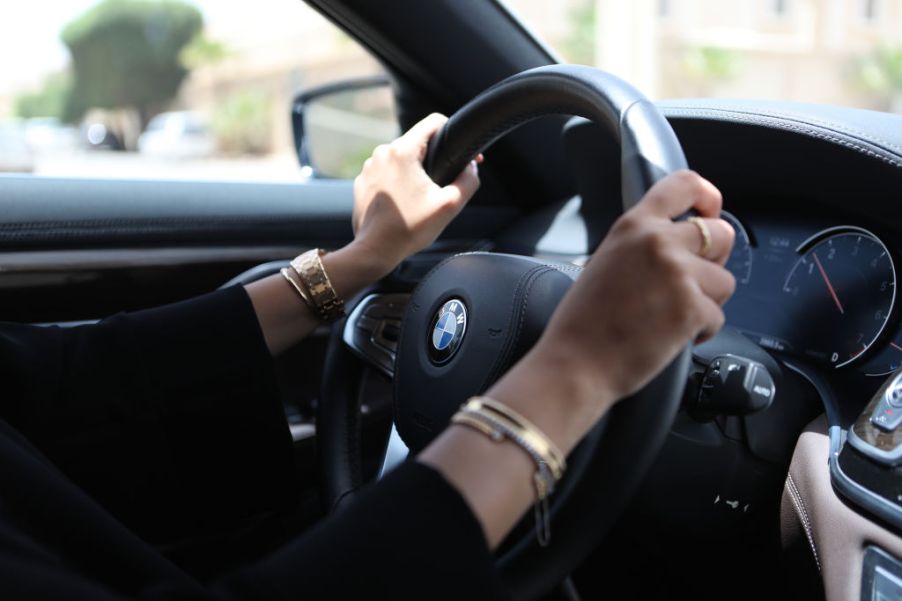
How Does Cruise Control Work?
Cruise control, especially adaptive cruise control, is a great and convenient feature in our cars. Many drivers enjoy using it while driving long distances. But most of us don’t know how it works.
What is cruise control?
Cruise control is a simple concept. You set your speed and the car will accelerate to that rate. The system will automatically turn off when you hit the brakes, which prevents dangerous conditions. This makes driving long distances a breeze since you can turn on cruise control and just steer and brake when needed. Notably, cruise control is a great feature in countries with a lot of long roads, like the United States.
Adaptive cruise control is very similar to cruise control. The big difference between the two is that with the help of radars and other sensors, your car will also slow down depending on what’s ahead of it.
Some history
Although the idea behind cruise control has been around for a long time, the feature only started being offered in cars in the 1950s. Remarkably, cruise control was created by a blind man and inventor, Ralph Teetor. According to family legend, Teetor was inspired to invent cruise control because of his friend and driver, Harry Lindsay.
Lindsay had some bad driving habits that made riding in the car difficult for Teetor. Whenever Lindsay wanted to say something to him, he’d brake and then accelerate after he was done talking. That wasn’t the only reason Teetor wanted to invent cruise control, as he was also conscious of the speeds of American cars. Teetor thought cruise control could be a great way to slow down drivers and keep the roads safe.
So, in 1950, he patented his first cruise control system. It’s notable that the cruise control function came with a basic system that would alert drivers to make sure they’re paying attention. Like today’s Tesla, Teetor was worried about drivers dozing off while driving on cruise control.
Originally, cruise control was offered as a luxury feature, but as inventors and engineers improved the system, cruise control eventually became as widespread as it is today. Of course, many years after Teetor passed away, the luxury innovation of adaptive cruise control happened.
How it works
According to HowStuffWorks, cruise control works by pressing on your throttle but not by your foot actually pressing on the accelerator. Instead, it throttles by controlling how much air your engine takes in, which in turn, controls how fast it’s going.
This technology is controlled by a tiny computer located behind the dashboard. This computer includes a suite of sensors that helps figure out things like how fast your car is going and whether it should disengage cruise control.
With the help of some math, the computer also uses cruise control to provide a more comfortable ride. For example, it won’t accelerate as hard in certain situations and it’ll accelerate harder when necessary.
Adaptive cruise control operates very similarly, but with the addition of more high-tech sensors and features. These sensors, which usually include a radar, will look ahead of your car to see what’s in front of it. Then, like regular cruise control, it’ll change your speed depending on what’s in front of you. Unlike regular cruise control, however, it’ll also operate your brakes as well as your throttle.



